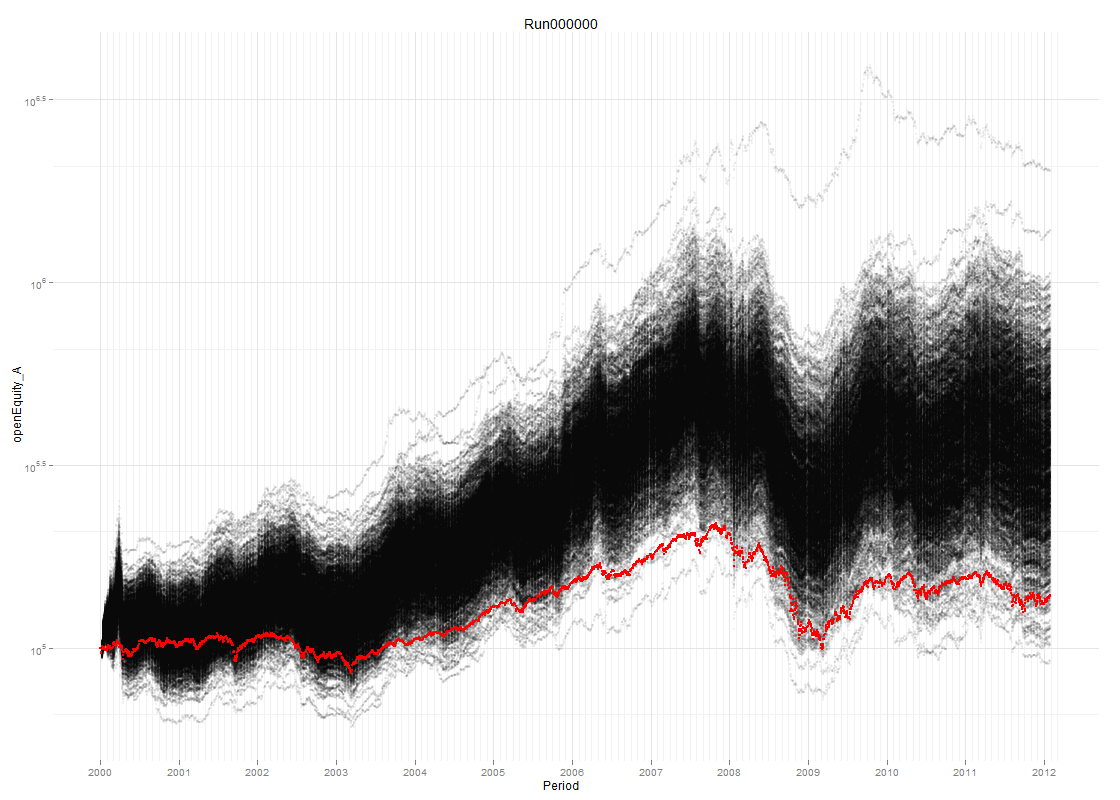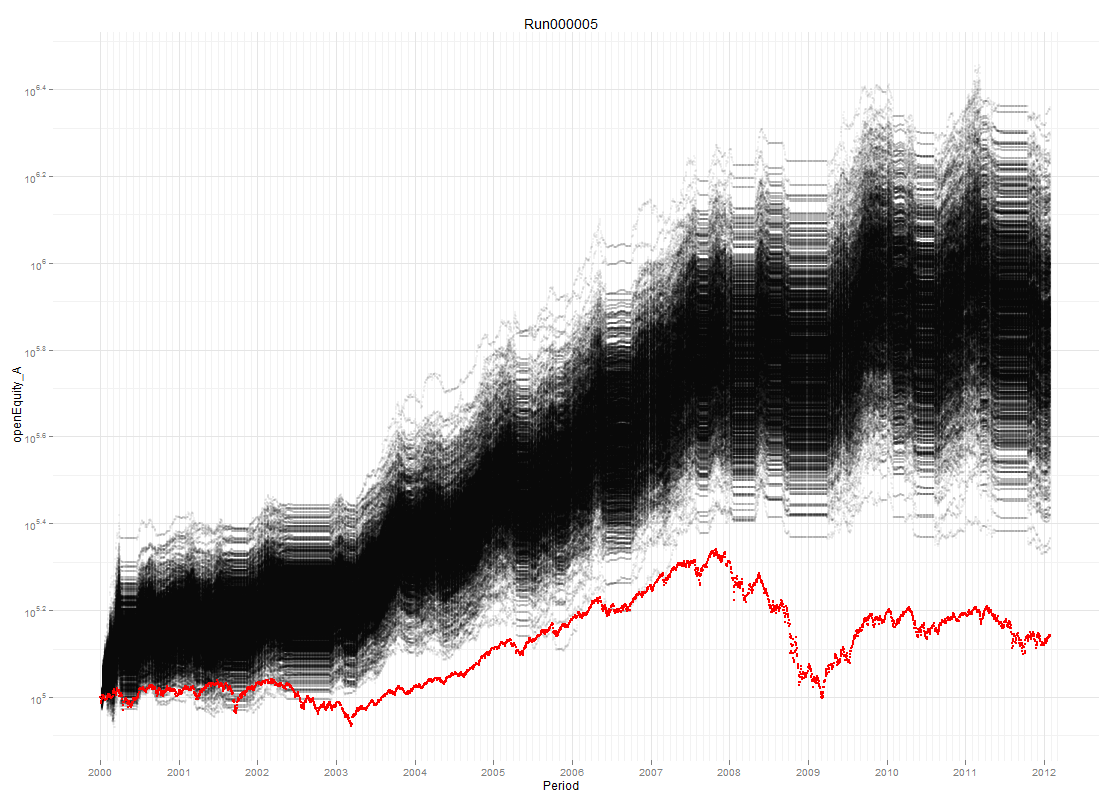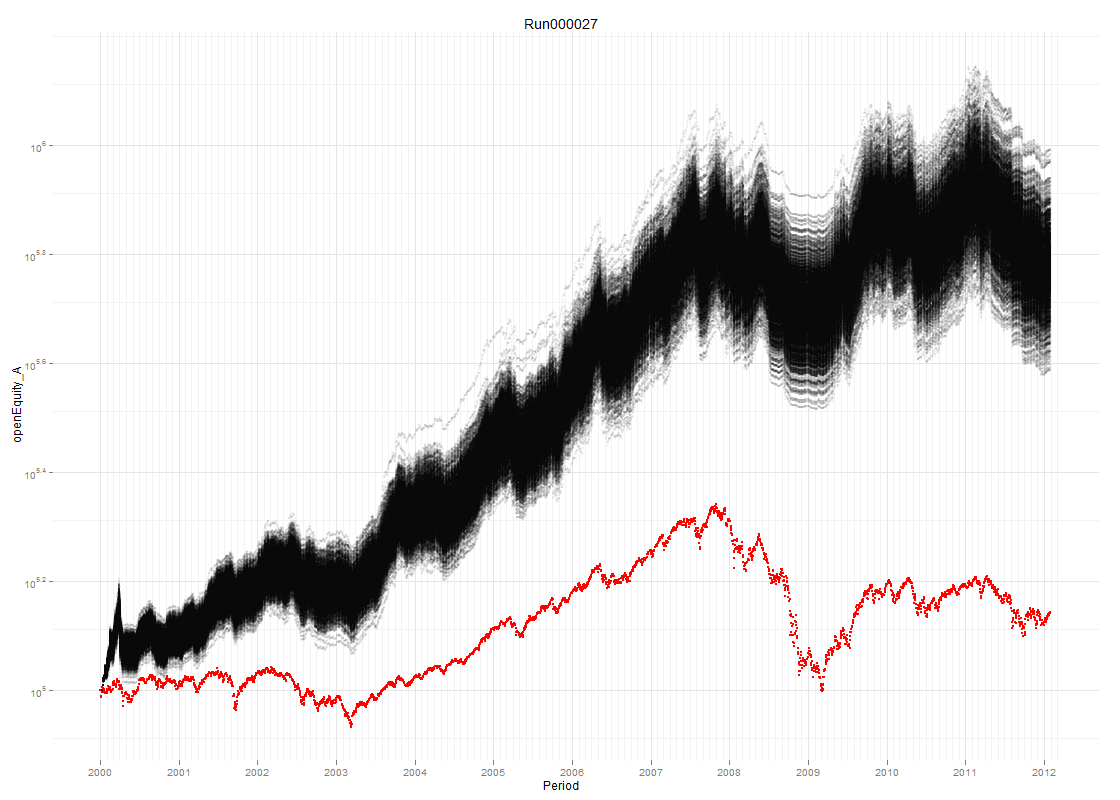Don’t forget to ‘Like’ us on Facebook – Click the ‘Like’ button on the right
When it comes to the market, losses are as much a fact of life as taxes and death. As humans we magnify losses and place greater weight on loss trades and the loss of money. But there are valuable lessons to be learnt right there that reach far beyond the loss trades and it’s these lessons that drive us all to grow as investors.
For most of us, success is dependent not only on what is done correctly but, also, on which potentially havoc-wreaking mistakes can be avoided. And I believe there are three core and practical principles that aid in anticipating and possibly avoiding mistakes and large loss trades. They are probability (Edge), risk management (and associated position sizing) and self discipline.
Today, I would like to help you understand that risk management is one of the keys to survival as an investor. Active Investment is a game that can be played for decades but there is only one fundamental factor that allows you to play the game – MONEY. Without capital, without the preserving of capital and without the ability to grow capital, you’re likely to become extinct as an investor.
Every trader and investor must train themselves to implement risk management principles for a vitally important reason:
No one knows with 100% certainty whether the next trade you enter will be profitable or not.
If investors have no control over the profit or loss outcome and if there is no certainty which trades will be successful, then they should focus on the only element that can be controlled – the risk of the trade and the protection of capital.
If this is done consistently with an edge then I have some very good and incredibly liberating news for you:
You do not need to know with any certainty whatsoever whether the next trade will be profitable or not.
Risk Management
There are some personal risk management questions that need be answered upfront and before we trade and these questions need to be documented into a trading plan. I know, a Trading Plan …….. , but trust me, the Trading Plan is the crux of this entire trading caper. The Trading Plan will drive you to find the answers that need to be found and will help you survive the tough times and then thrive during the good times. Like a sailor setting off on a long voyage, the Trading Plan with the necessary questions answered charts the course. And with self discipline to execute the Plan, we will hopefully arrive safely.
Here are some personal risk management questions you may need to answer.
Personal
- What is the maximum amount of money I am willing to lose during the tough times, and does this amount fit with how much risk I plan to take on each trade?
- What criteria will I monitor to warn of the tough times and the potentially good times?
- How much portfolio drawdown can I tolerate before it becomes mentally too tough to continue trading?
- Do my risk objectives fit with the strategy(s) I plan to trade?
- What is my performance benchmark and how will I know if I am achieving adequate performance?
- How much capital should I place in each trade and when should I alter this, either up or down?
Here are a few of the everyday market environment risks we have to manage as private investors and which should all be catered for in the Trading Plan.
Market Environment Risk
- Market Risk, including market ‘shocks’
- Sector Risk
- Company Risk, including company ‘shocks’
- Liquidity Risk
- Volatility Risk
- Other: Office, Technology, Broker, Individual, System
- Money Management Risk
Risks that we can control
- Market Risk – When to have money in the market and when to have it out.
- Sector Risk – Which sectors are performing and which sectors are not.
- Company Risk – Unknown’s coming out of left field. This is controlled by monitoring the share price for a potential exit signal.
- Liquidity Risk – How much money we put into the trade making sure that there is enough liquidity to get money out, when needed.
- Volatility Risk – Ability to measure how volatile the stock or instrument is in which we’re investing, so that the appropriate amount of capital can be risked.
- Money Management – How much money to put into each individual trade considering each individual trade has a different risk. Taking too big a position size can be devastating to a portfolio.
- Exit signals – When to exit the trade.
Now I want you to understand how risk management can dramatically improve performance.
The equity curve examples below are the portfolio simulation results of 1,000 unique portfolios that, starting on 1st January, 2000, have entered and exited trades only according to the SPA3 system (edge). (BTW an exercise such as this can only be done with a mechanical system).
The capital injection for each portfolio was $100,000 and position sizing is based on the individual risk or volatility that each trade presents to the portfolio. Each individual line (black line) is one unique portfolio of the 1000 simulated equity curves.
Each unique portfolio equity curve is randomly generated from the trades available on any given day to keep the portfolio fully invested with available capital at all times, according to the risk management rules deployed.
No brokerage is included in the results as the examples below should only be used to highlight the principles of risk management and money management. That is, it is the shape and distribution of the equity curves that are important for this exercise. Brokerage is included at a later stage of research such as this.
The first example includes NO risk management. Trades entered and exited in the portfolio have been followed at the time that SPA3 signals were generated, trading through all types of markets, up, down, and sideways. The red equity curve is the All Ordinaries index.
The first example demonstrates that while the great majority of portfolios out-perform the market, a small number of portfolios fall below the red line. Again, there are NO risk management rules used in this example.
When risk management rules are introduced, one can visually see the difference. The exact same entry and exit timing rules used in the example above have been used in the next example below but now market risk timing has been added to the recipe and altered position sizes depending on whether it was a SPA3 low or high market risk period. This means that during SPA3 high market risk periods no new trades were entered – these are plainly seen when the equity curve becomes a horizontal line.
This example highlights the fact that all 1000 simulated portfolios out-performed the market, even the poorly performing ones.
The example below demonstrates even greater performance. Again, the same entry and exit criteria have been used but money management rules have been introduced to decrease the risk taken in individual trades based on the amount of drawdown the portfolio experiences. This measure further improves SPA3 performance not because of trade selection but because of risk management measures.
The three examples above emphasize how critical risk management is to performance once one has an edge in the market.
If you are interested to learn more about SPA3’s risk management and performance, we would be happy to take you through a demo of what’s required to become consistently successful using SPA3. www.sharewealthsystems.com.au/SPA_Demo.php
If you are technical and interested to learn more about the latest round of SPA3 research, you can read all about it in a 60 page white paper I wrote on the improvements made to SPA3 www.sharewealthsystems.com.au/revisededge_whitepaper.php. Remember that it is a research document, so if you find it a little heavy in places, find a quiet corner and invest the time to understand what the outcomes of the research mean. By no means is the paper the end of our research. Actually, it’s just the beginning. We are continually testing new concepts in the hope of even further improving SPA3 for our customers.
After communicating with 1000’s of investors over the past 16 years, I can categorically state that the great majority of private investors’ trade with little or no risk management rules. Instead, they spend their energy and focus on building a stock picking mentality, thinking that the trades they choose alone will determine whether money is made or not. Besides such an approach being inconsistent and subjective it completely lacks the two biggest determinants of market outperformance: risk management and money management.
There’s an old seafarer’s saying that I believe says a lot, “a smooth sea never made a skillful mariner”. In a rising market we are hardly challenged and risk management becomes less important but to survive the ups and downs over your investment life, risk management rules are imperative.






One Response
I started my GPS3 portfolio probably in the most difficult time in my investing life and have experienced conciderable pain to date. However I do agree Gary your SPA3 SYSTEM probably saved me from greater pain than may have been. I do need help to onunderstand better how I may improve as I no doubt am commiting crimes against the system daily. I am on the road at this time and will be in touch on my return to OZ. Thanks for the Post. Kevin White.